
Personal Heritage
EDITORIAL
Personal heritage has a fundamental impact upon our daily lives, from the way we think and the way we act to how we see the world and our place within it. It is the foundation of who we are as individuals built from culture, history and lived experiences, both our own and of those around us.
Personal heritage is often integrated into architectural, design and other creative work, whether it’s through our interpretation of ideas and concepts or through an unspoken sensibility derived from our present and our past. The topic for this de-PICT edition, Personal Heritage, seeks to acknowledge the immensely diverse backgrounds of architecture and design students in Australia and highlight the richness this can bring to our creative output.
Contributors
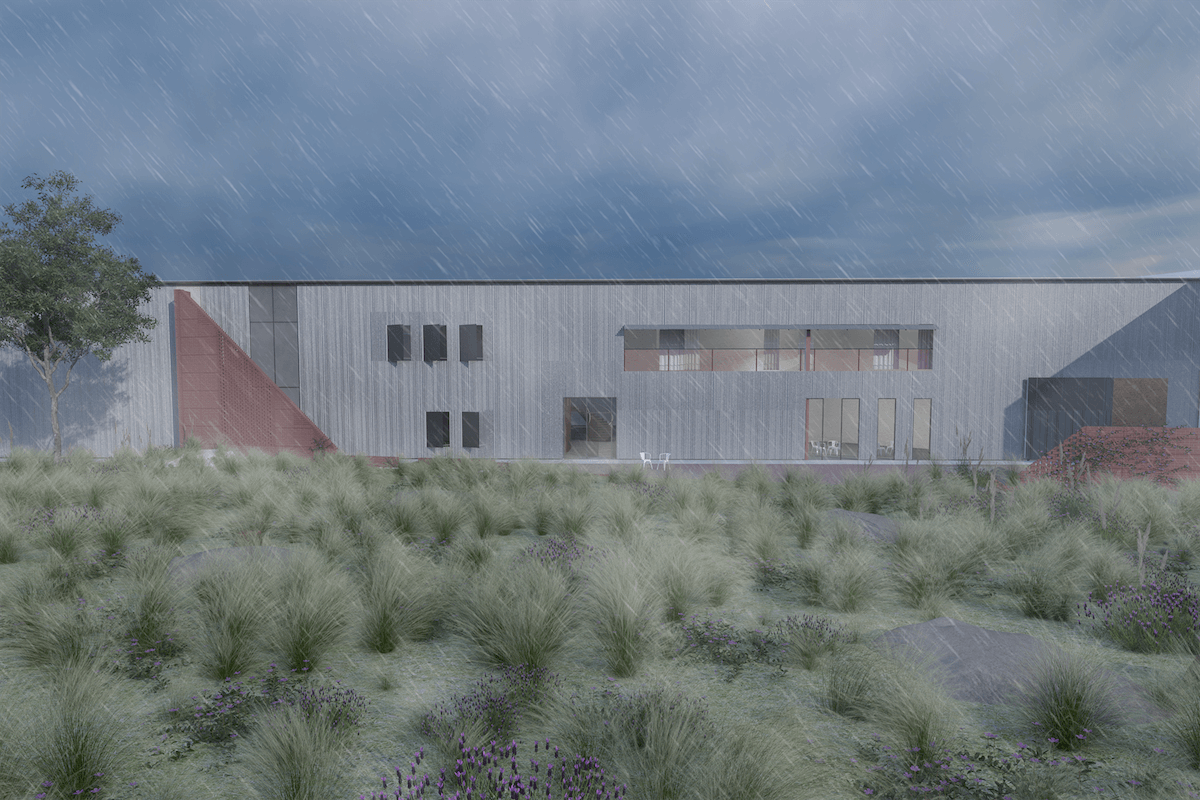
THE COUNTER ARCHIVE
Tom ROGERS
Masters student, University of Technology Sydney
Colonial practices exert a constant force on society. The archive reasserts western power structures through the selective preservation of history. The Counter-Archive proposes an Archive that listens to its surroundings, abstracts then recomposes elements from the current building and departs from the previous hierarchies between access, history and user. An adaptive reuse of the current archive in Kingswood, it now uncovers material connections to Country.
THE W HOUSE
Wendy LIN
Undergraduate student, University of Melbourne
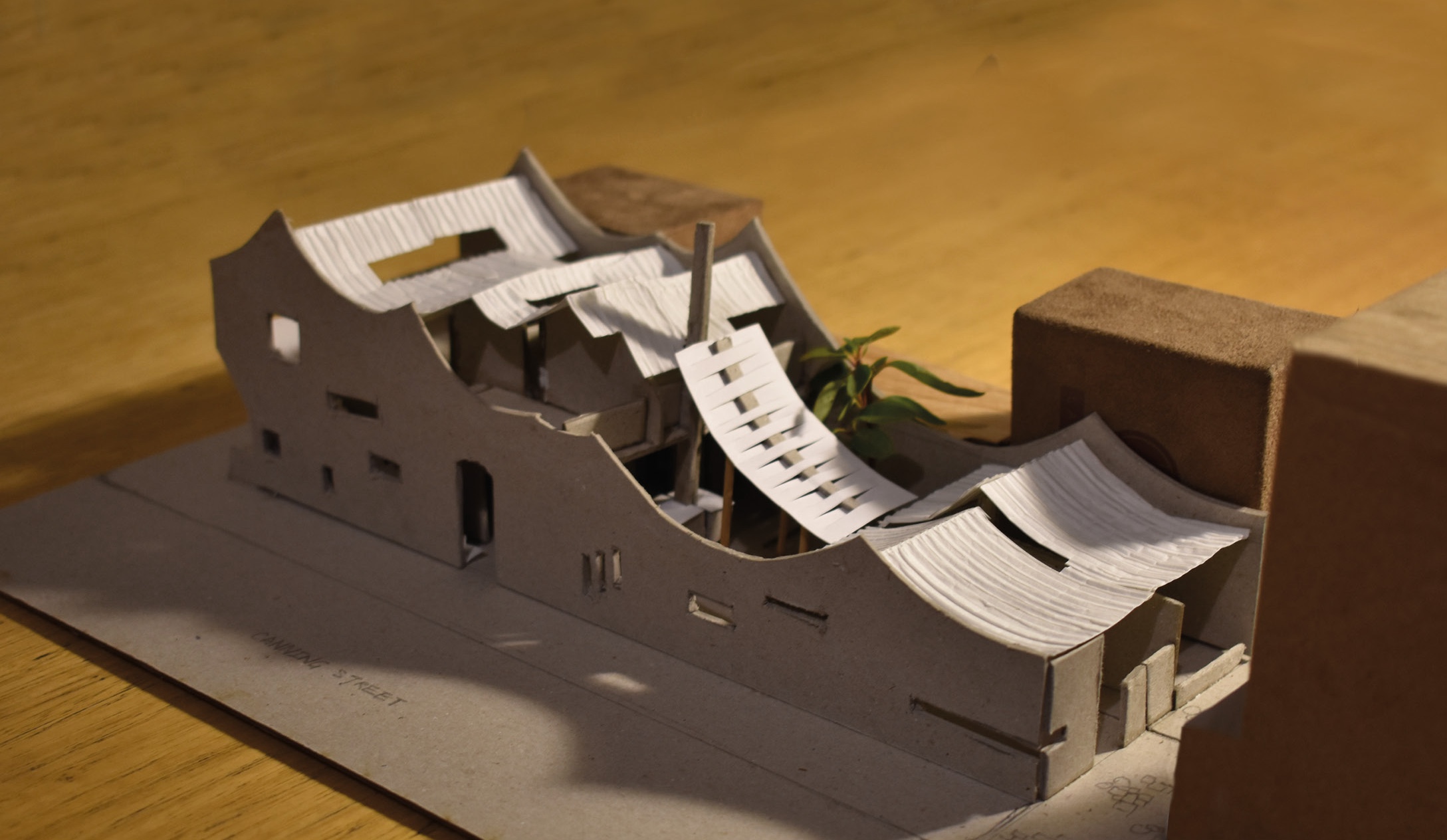
CHRONOSCAPE:
THE EVOLVING LIBRARY CITY
Yuet TUNG TANG
Undergraduate student, University of Melbourne
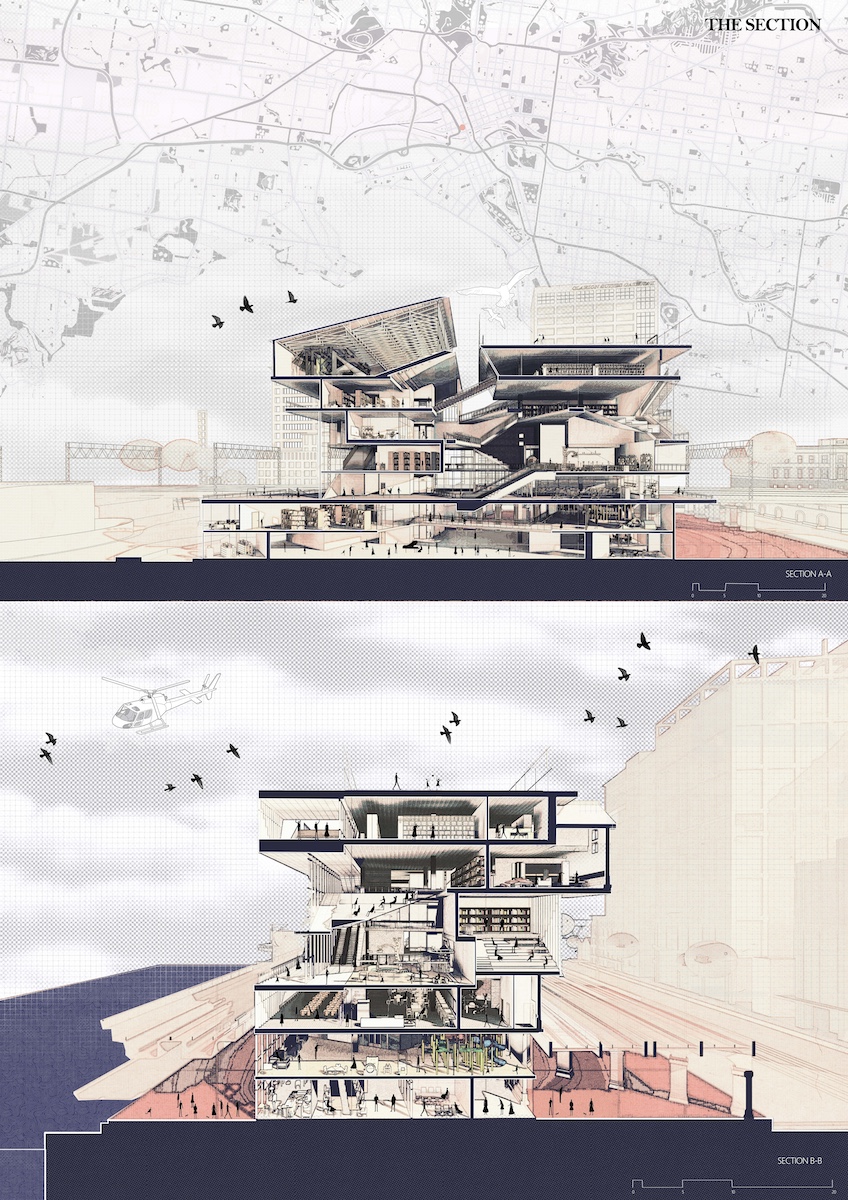
My Library-city blends architectural styles, recreation, and adaptability, celebrating personal heritage. Diverse architectural elements pay homage to cultural roots, while recreational spaces honor the value of physical activity in heritage. The adaptable design mirrors the ever-evolving personal heritage of society. Open spaces encourage community interaction, and 24-hour access respects diverse schedules. Breaking convention, it redefines heritage for modern lives, highlighting its vital influence on daily experiences and perspectives.
HOUSE
VIII
Ivelina FUKAROVA
Masters student, University of Melbourne

Celebrating the past through the future of Australian suburbia. The ideology of the garden city and nine square grid allowing the past to re-emerge, to become a contemporary idea and approach of the suburban type planning and lifestyle. The spatial journey de-picts a space away of a housing type, convertible and changeable, non-compliant, but autonomous and free.
A BUILDING FOR STORIES
Mada ALDEEB
Masters student, RMIT
The aim is a building that responds to a policy of choice: “strive to understand refugee stories, and have the opportunity to reflect on, know more about, and do something about them.” The building responds by being purposely integrated with the public via careful tectonic and material choices, derived from my own Syrian refugee identity. The architecture is warm, textured, inviting, ready to contain stories.
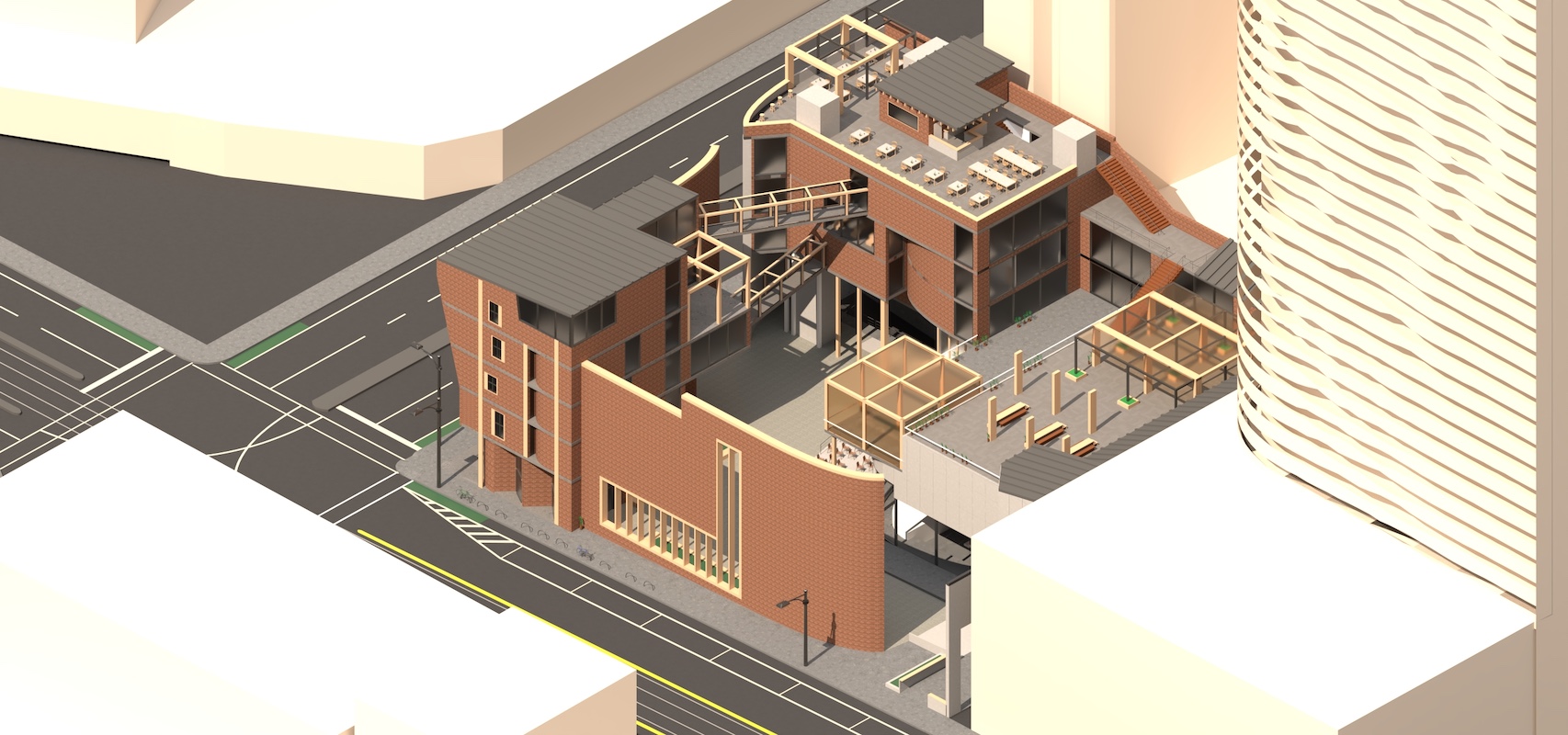
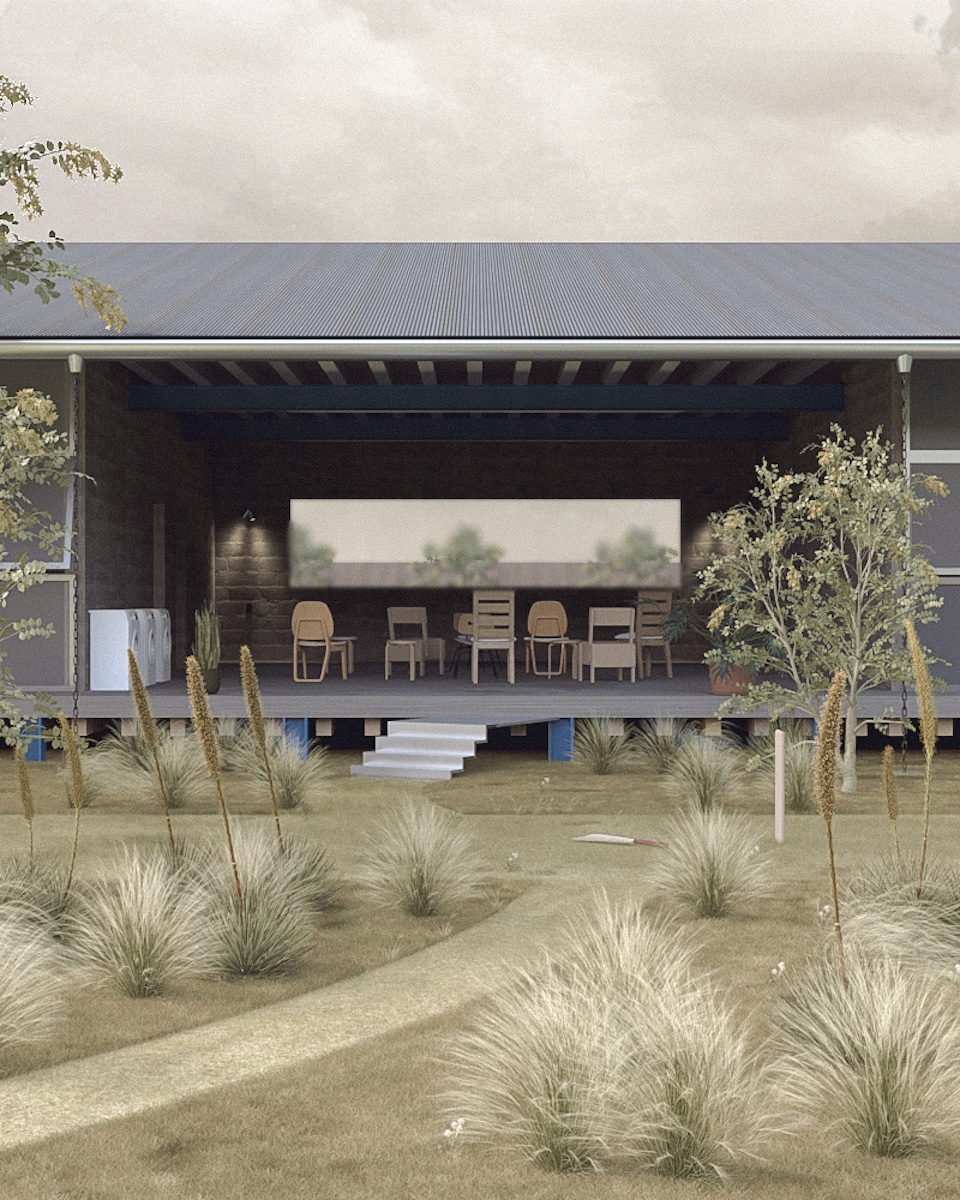
MAKING DO
Lucas OSBORN
Masters student, University of Melbourne
The proposal is framed by employing the pre-existing condition, nothing more than what is around 200 living units, expansive collective spaces and even more public grounds. The scheme interpenetrates the idea of ‘bricolage’ and the context of the existing heritage of Australian living.
WHAT’S YOURS IS NOT MINE
Elena NG
Undergraduate student, University of New South Wales
This project was built upon an investigation of the intersections between the built and natural environment at the Coal Loader in Sydney. Looking to past interventions and their present day consequences, questions of ownership, permission, peoples, and future communities are proposed.
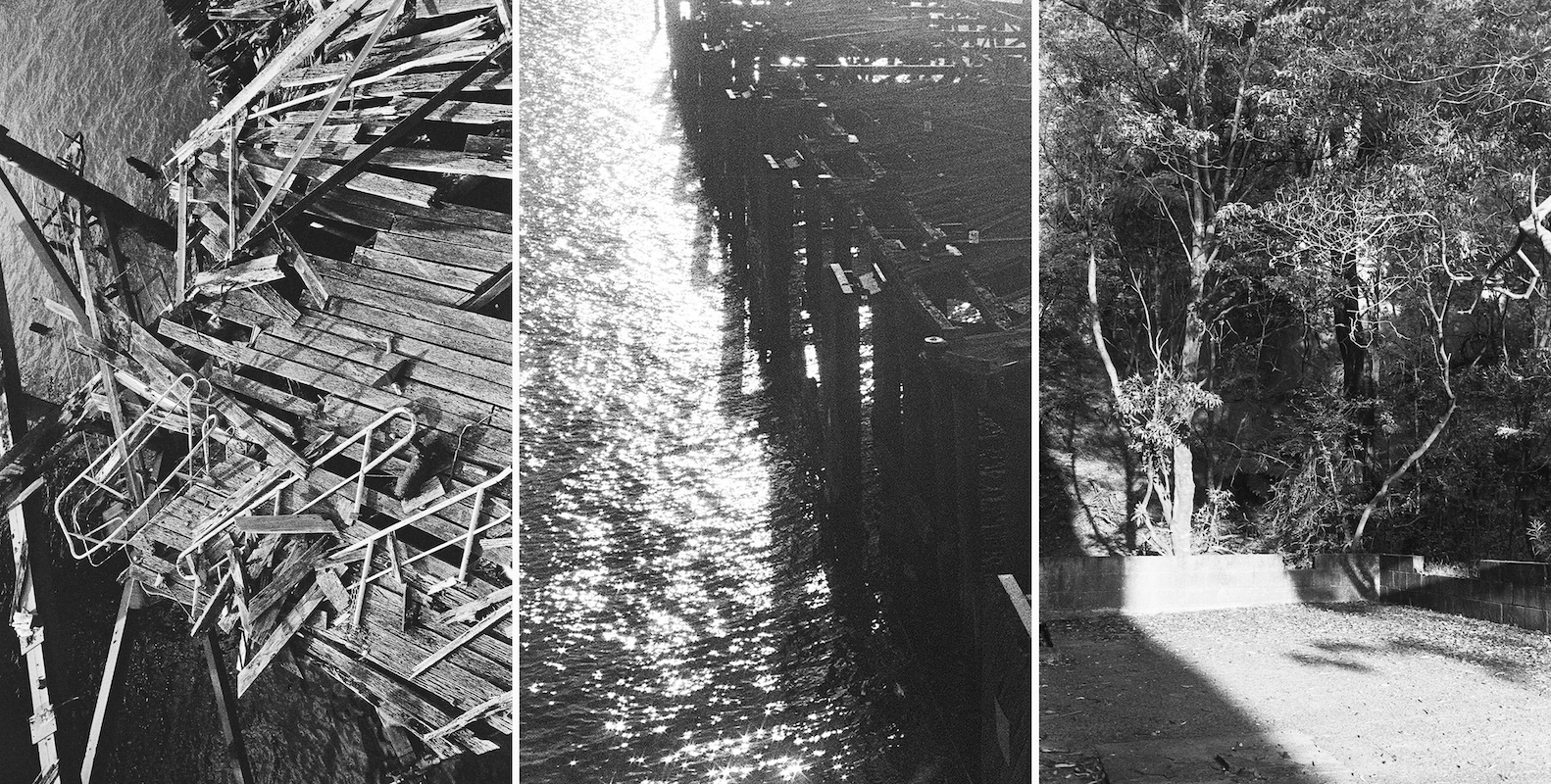
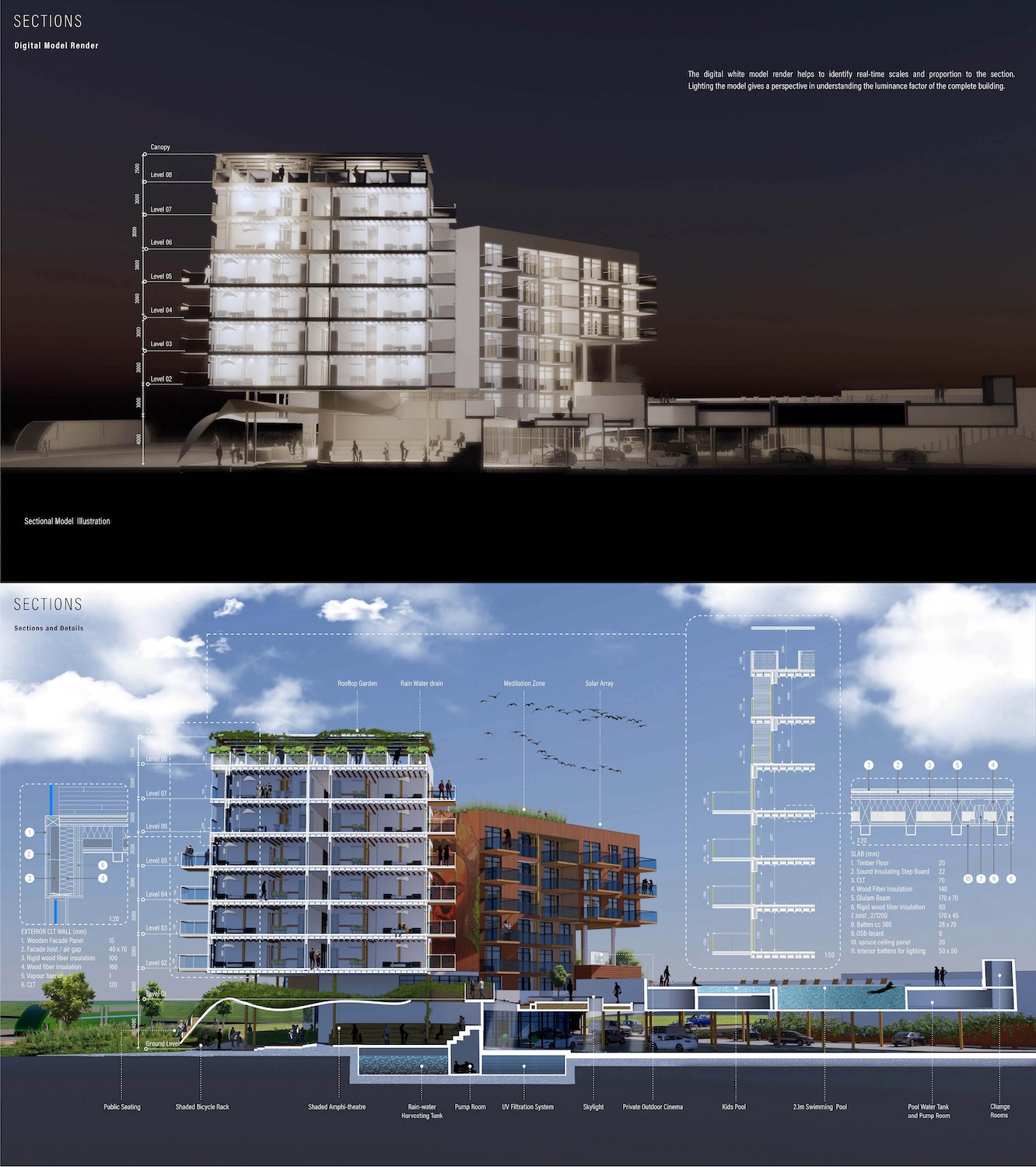
BIOTIC HABITAT
Bony GEORGE
Masters student, Curtin University (on campus)
This project seeks to challenge the standard aspirations of apartment living. Asking designers questions around what makes a home biotic; living in a chosen community, surrounding habitat, lifestyle, consumption, sustainable measures, climate change, preparing for the future or is it all these factors that make a home biotic.
Through rigorous site analysis, critical assessment of the brief, the site and its wider physical, cultural and socio-economic context, this design response shapes a symbiotic solution for residential living.
NORTHWESTERN THERMAL STUDIES
Alan DAMEN
Masters student, University of Melbourne
Northwestern Thermal Studies is pub-based research body investigating cultural assimilation and the classic country pub in reference to site, home, abstraction and extraction; and very concerned with cold beer, thermal envelopes and authenticity.
The proposal is for a pub in Yaapeet; located in Victoria’s Northwest on an untouched corner, for locals and imports, revegetation and community – consisting of a glass box, inside a burnt-out facade transported from nearby Dimboola, underneath a very big shed.
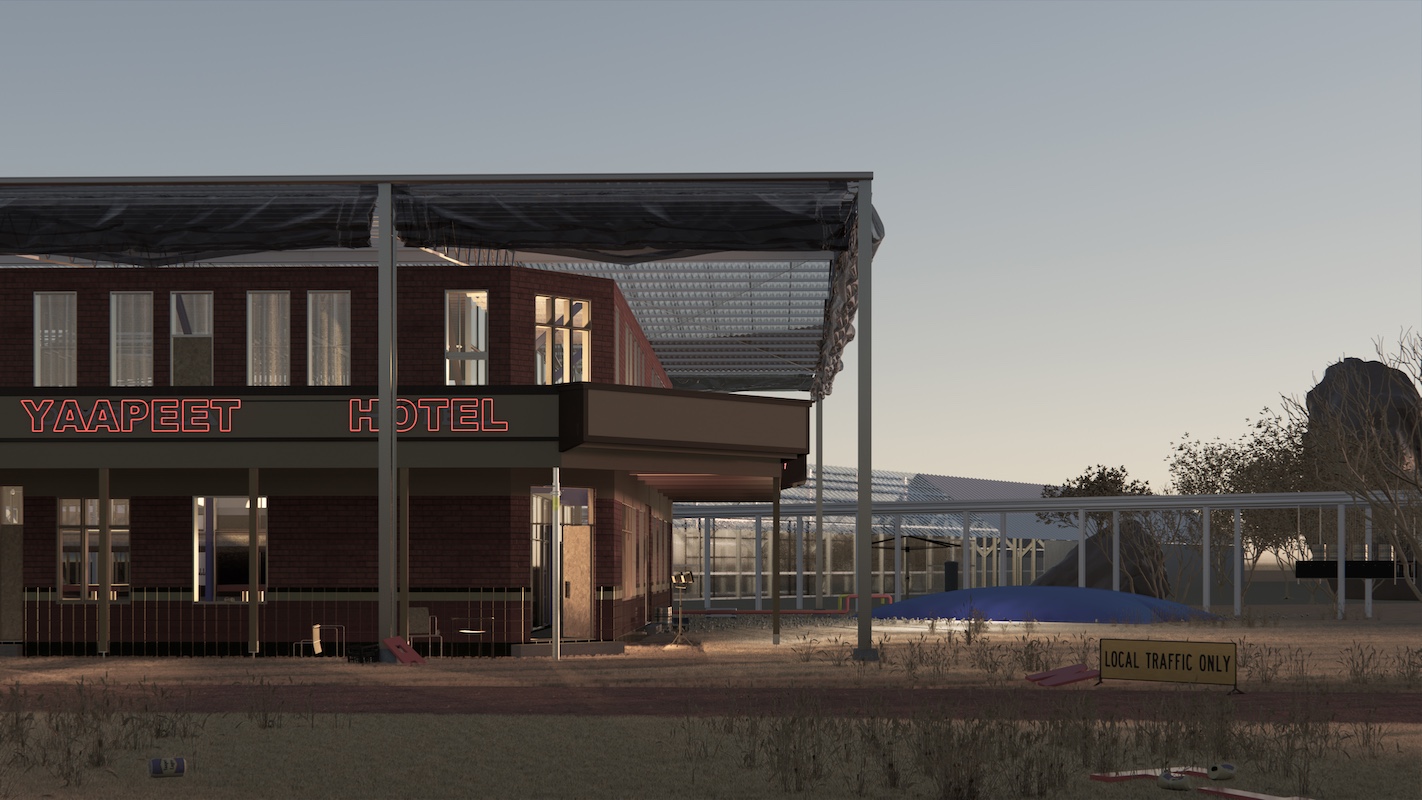

PALM BEACH CIVIC
Mackenzie BARCLAY
Masters student, Bond University
Palm Beach is a southern pocket of the Gold Coast, in which I was raised and since inhabited for good part of my life. Over time both the past and possible future of Palm Beach have invoked a sense of responsibility to propose possible solutions to the problems rapid densification of the region might have. As such this project manifests as culmination of collective and personal memory to propose a typology of civic buildings that could string along the coastal strip of the city and reinstate legibility of coastal townships, drawing cues from the landscape and cultural history to create an architecture that safeguards and enhances sense of place.
FALLING LEAVES, CROUCHING ROCKS
Zhirong ZHU
Masters student, University of New South Wales
This project aims to become a social place at the village of Sofala. It is not just another glamorous art gallery, but also a garden for the people of Sofala to wander around at any time of the day, guiding people to appreciate the beautiful landscape and site alongside with the curated artworks.
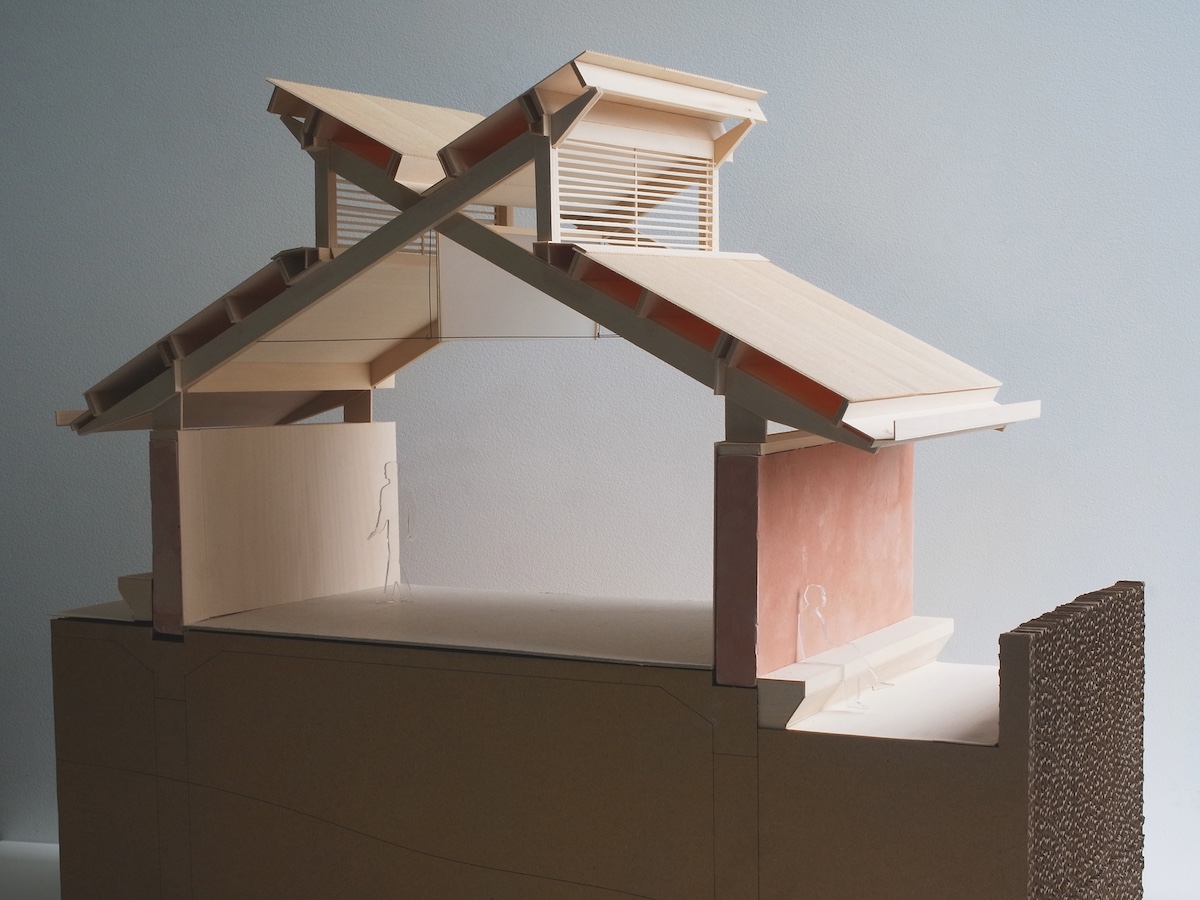
EDITORIAL
This edition of de-PICT features student work that stands as a testament to the transformative power of personal heritage. As individuals, our creativity is what can set us apart from the larger cohort of architecture students, thus where we come from and the idea of “Personal Heritage” surfaces as one of the most prevalent themes in shaping our work and learning experiences. In a post-COVID landscape, we as students must navigate architecture through virtual corridors, sometimes making it difficult to connect to each other or the study of architecture. In this way it becomes evident that a rich tapestry of personal heritage serves as the catalyst for growth as individuals and to share with peers as we craft our portfolios in a dynamic way. For students of architecture, the exploration of personal heritage is a journey of self-discovery, where we can investigate the way, the built environment has impacted how we see architecture.
Digital platforms, competitions and assignments become new canvases for young aspiring students of architecture. These prospects pave the way for opportunities to present our own cultural narratives, blending past knowledge with current study, every student has incredible experiences to share through design. The prospect of the theme “Personal Heritage” allows this edition to become a collaboration of works, where students can draw inspiration from each other’s heritage, and lessons can be learnt. This creates a unique opportunity to gain insight into how the built environment can be shaped be those with diverse backgrounds, and what architecture can be if we learn these lessons. The amalgamation of cultural backgrounds here become a source of creativity and inspiration, while simultaneously challenging conventional norms and creating conditions for a universal expanse in our study and exploration of architecture. This edition creates a forum to facilitate cross-cultural exchanges, enabling students to incorporate varied perspectives into their designs, resulting in a vibrant exhibition of ideas.
In summation, this edition of de-PICT showcases student work that expresses the theme of “Personal Heritage”. As we navigate a more connected, and digital landscape, we not only learn the language of design but are also given the opportunity to articulate the stories embedded in our cultural DNA. We share our journey and allow others to learn from our experiences. In this fusion of creativity, personal heritage becomes the guiding force that joins diverse voices and helps to shape the future of architecture.
– Matthew Sabransky
EDITORIAL COMMITTEE
Nick BROWN
Undergraduate student – University of Canberra
Blake HILLEBRAND
Masters student – RMIT
Shirin KILNIC
Undergraduate student – RMIT
Matthew SABRANSKY
Masters student – Deakin University
Pei TAN
Undergraduate student – University of Tasmania
Sionnan GRESHAM
Undergraduate student – University of Queensland
Thomas HUNTINGFORD
Masters student – University of Melbourne
Liam LEBLOND
Undergraduate student, University of Queensland
Subah SHAHID
Masters student – University of Western Australia
